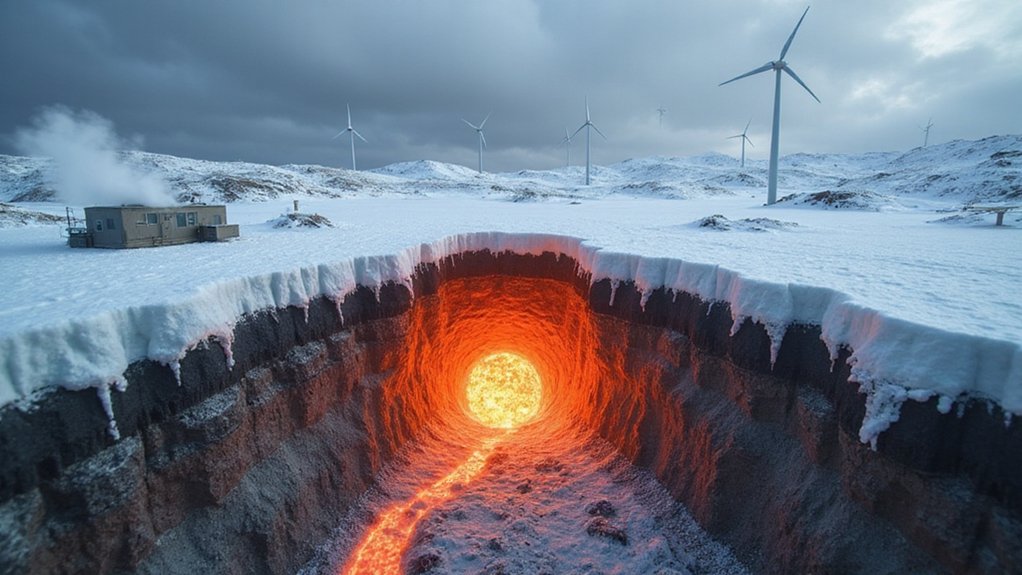Utah’s energy landscape is advancing with the BLM’s approval of a new 20-megawatt geothermal plant near Newcastle in Iron County. This adds to existing facilities at Cove Fort and Roosevelt Hot Springs. While coal still dominates at 56% of Utah’s electricity, renewable sources contribute 13%, with geothermal at just 1%. The federal government is investing $220 million in southwestern Utah for new geothermal technologies, highlighting the state’s evolving energy priorities.
How is Utah transforming its energy landscape? The Bureau of Land Management (BLM) recently approved a new 20-megawatt geothermal plant near Newcastle in Iron County. This project marks an important step in Utah’s growing renewable energy sector.
Coal still dominates Utah’s electricity generation at 56%, with natural gas providing 27%. But renewable sources are gaining ground. Solar now contributes 10% of the state’s electricity, while wind and geothermal add smaller amounts at 2% and 1%. Solar power production has increased dramatically from 39 GWh in 2014 to 4,823 GWh in 2023.
The Newcastle project will join Utah’s two existing geothermal plants at Cove Fort and Roosevelt Hot Springs. Utah ranks among the top seven states for geothermal potential, and the federal government is investing $220 million in southwestern Utah to develop new geothermal technology. This investment leverages geothermal’s impressive capacity factor of 96%, making it one of the most reliable renewable energy sources available.
Solar power has seen dramatic growth in Utah over the past decade. Capacity jumped from just 6 megawatts in 2013 to 2,808 megawatts in 2022, ranking Utah 12th nationally for installed solar capacity. Experts predict another 2,632 megawatts of growth in the next five years.
Utah’s renewable energy boom is creating jobs and boosting the economy. The sector has generated $5.3 billion in economic output and employs over 9,000 Utahns. For rural communities, these projects offer new economic opportunities as the energy landscape evolves.
The state has set a voluntary goal of 20% renewable energy by 2025. Through the Community Renewable Energy Act, 23 cities have opted into a program with Rocky Mountain Power to reach 100% renewable energy targets. Rocky Mountain Power’s recent plans showed a concerning backslide in ambition for clean energy investments compared to their 2023 Integrated Resource Plan. Eighteen communities have formed the Community Renewable Energy Agency to work toward this goal.
Challenges remain as Utah alters its energy mix. Coal-dependent communities face economic uncertainty, and renewable energy sources need improved storage and transmission infrastructure.
Still, with falling renewable energy costs and supportive policies, Utah’s energy revolution continues to gain momentum, especially in geothermal, solar, and wind power development.








